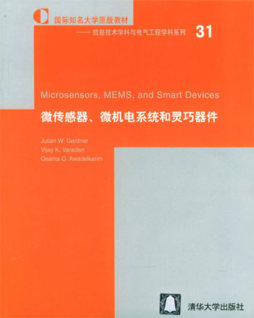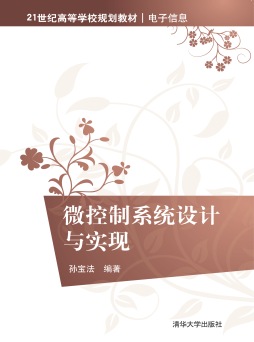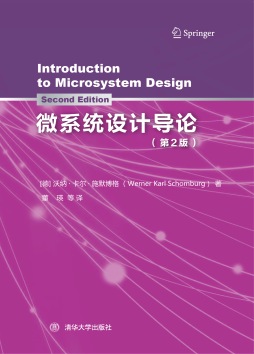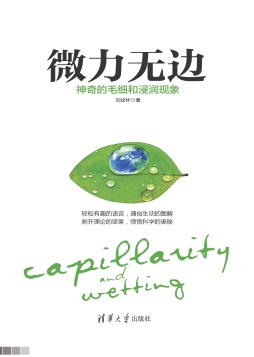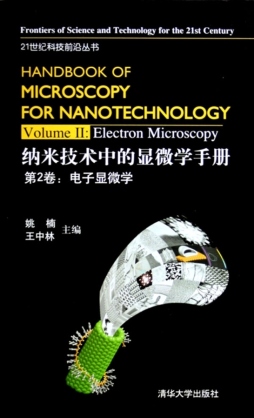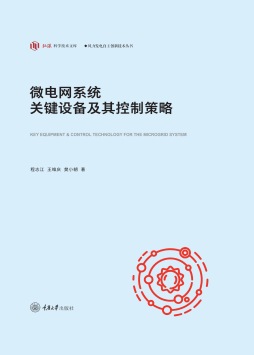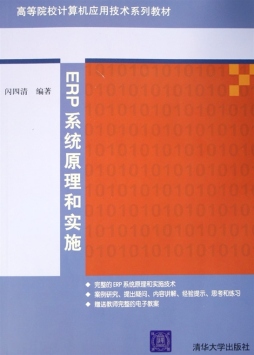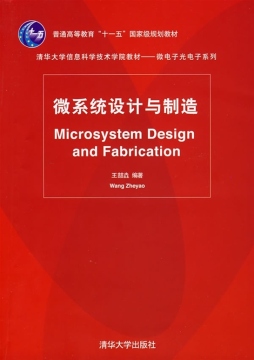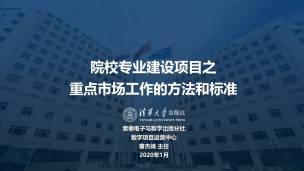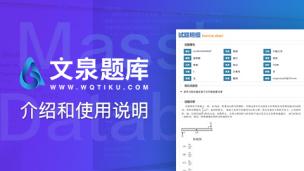微系统和纳米技术是微米纳米技术的两个重要组成部分,既有区别又有联系。微系统和纳米技术是一个新兴的、多学科交叉的科技领域。《微系统和纳米技术》由40多位国内外著名专家、学者分章撰写,分为微系统和纳米科学技术基础、微系统技术、纳米技术、应用问题、发展和展望等五个部分,共23章。全书统一规划、各章独立、由浅入深、图文并茂。《微系统和纳米技术》内容的一个重要特点是反映了美、德、英、日和我国权威专家在微系统和纳米技术领域的研究成果,同时也阐述了他们数十年来的研究经验和对该领域的展望,从科技发展的规律说明微米纳米科技发展的阶段性和成熟周期。《微系统和纳米技术》可以作为相关领域本科生、研究生和教师的教学参考书,并可供相关的科技人员参考。
Microsystems and Nanotechnology presents the latest saence and engineering research and achievements in the fields of microsystems and nanotechnology, bringing together contributions by authoritative experts from the United States, Germany, Great Britain, Japan and China to discuss the latest advances in microelectromechanica·systems (MEMS) technology and nucro/nanotechnology The book is divided into five parts - the fundamentals of microsystems and nanotechnology, microsystems technology, nanotechnology, application issues, and the developments and prospects - and is a valuable reference for students, teachers and engineers working with the involved technologies. Professor Zhao一ng Zhouis a professor at the Department ofPrecision Instruments & Mechanology, Tsinghua University, and the Chairman of the MEMS & NEMS Society of China. Dr. Zhonglin Wang is the Director of the Center for Nanostructure Characterization, Georgia Tech, USA. Dr. Liwei Lin is a Professor at the Department ofMechanica·Engineering, Uruversity of California at Berkeley, USA.
- 版权: 清华大学出版社
- 出版: 2011-11-01
- 更新: 2023-06-07
- 书号:9787302243076
- 中图:TN4;TB383
- 学科:工学材料科学与工程交叉学科纳米科学与工程


